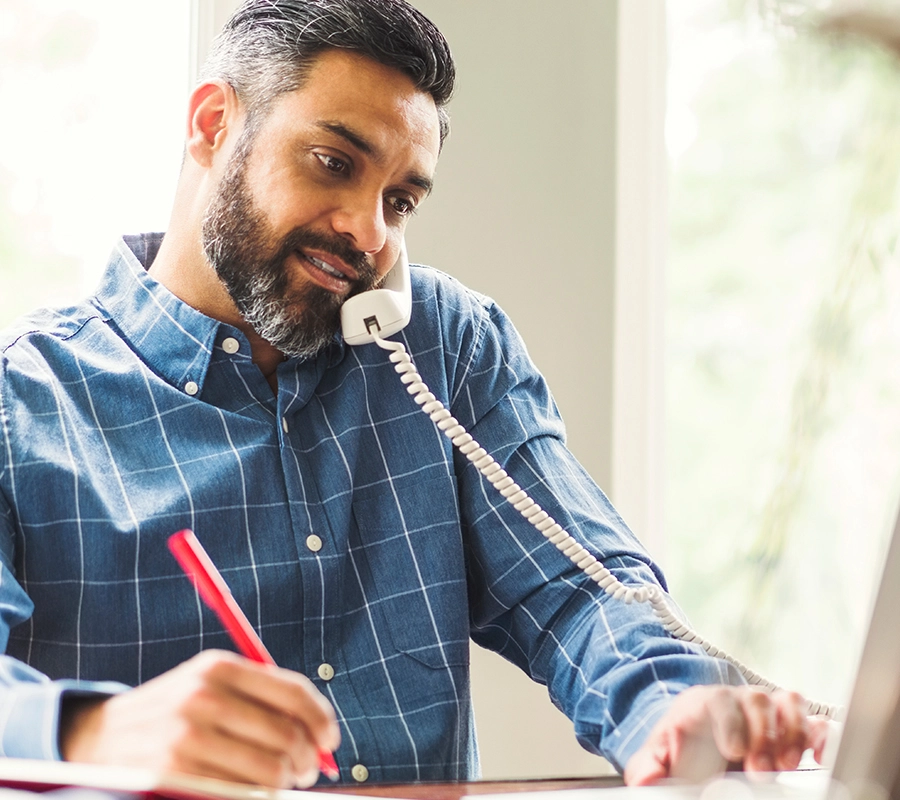Cancer does not stop. With an estimated 1.8 million predicted lives lost to cancer in 2020, it will not wait for a vaccine, or novel antiviral therapy to arrive. Cancer will not isolate patiently at home and thus no amount of social distancing will subvert its inexorable toll. Cancer must go on being treated.
As a radiation oncologist, I spent my pre-COVID-19 clinic days helping patients and their families navigate the myriad of available treatment options in their fight against a disease that has taken countless of their friends, family members, personal heroes and soulmates. Now this conversation is further complicated by the angst of COVID-19. Patients seek answers to unknown questions: “What is my risk of COVID-19 complications if I pursue treatment now? What if by seeking treatment I bring home the virus to my immune compromised child or parent? If I delay treatment, what impact will that have on my cancer prognosis?”
These are the questions I grapple with today, and they are now answered for the most part over a telephone having never met face-to-face with new individuals confronted by these real-time life and death decisions.
In our Radiation Oncology department, we have staggered shifts to limit on-site physician staff who manage the day-to-day operations while other physicians perform non-essential, in-person visits through telehealth at home. In so doing, patients, family members and physicians are less exposed to the virus risk of the hospital environment.
And thus, through COVID-19, “oncologic telehealth” has emerged.
Telehealth in the oncology setting has many advantages. Patients can speak to their physician from the privacy of their own home, without fear of virus exposure. The anxiety of getting to an unknown destination through traffic, parking garages and barren hallways is eliminated. Through conferencing, family members in remote locations can easily join the call. As we develop systems and experience, we can expand our capacity to offer much-needed specialty opinions remotely to more rural and underserved populations.
However, working from home can be distracting. Last week a few gallons of bathroom water leaked through the ceiling of our home office during a departmental conference call. Dogs barking in the background of a sensitive conversation creates confusion for patients. Kids walking into my workspace during a patient televisit with that “where’s lunch?” look in their eyes is frustrating for all of us. Each of these scenarios presents a unique challenge to concentration and brings new meaning to the term work-life balance.
However, the real loss of virtual oncology care is sacrifice of the human connection.
I received a call from the younger brother of a terminal patient I have treated for many years. My lung cancer patient had been declining and was hospitalized. The brother described to me a scene of COVID-19 collateral damage: his entire family sitting in their car, in a hospital garage, during the frigid cold of a New England March while one by one they took turns visiting their loved one on her deathbed. Mercifully, the hospital granted them access to visit separately.
The wife of another patient lamented over the phone while choking back tears that she feared she would never again see her husband after he was taken away by ambulance with COVID-19 symptoms during his course of radiation and immune suppressing chemotherapy. With what felt like having my hands tied behind my back, I did what I could to console her over the phone. Thankfully, he recovered. Several weeks later while the hospital played “We Are The Champions” over the loud speaker we celebrated together (albeit 6 feet apart in full personal protective equipment) as he rang the radiation “end of treatment bell.”
These stories exemplify our need for human connection during major life transitions. The people described above were each devastated in their own way by the impending or potential loss of their family member. However, the stress point in their break down during our remote conversation was the overwhelming sadness, frustration and isolation they felt from being denied physical access to their loved one.
For these patients, virtual communication connected them to a provider with whom they had a strong pre-existing relationship. However, establishing that type of patient-physician relationship without an initial in-person meeting can be a challenge. Virtual communication technology is good but not perfect and can limit everyone’s ability to read body language which can be critically important in establishing that relationship. Further, we are rendered without the power of human touch, unable to reach out and hold their hand while they cry. Discovering someone’s real drives and motivating fears in the virtual environment is also no trivial task. This makes it difficult to guide patients over emotional hurdles they may be facing. These techniques are the instruments of the art of medicine and learning how to hone them over the phone from home is a formidable duty. Yet no matter the medium, we will continue to rise in our artful fight against the emperor of all maladies – cancer - as one thing is certain, it knows no rest.
"Virtual communication technology is good but not perfect and can limit everyone’s ability to read body language which can be critically important in establishing that relationship."
See the other side of patient care through a blog from Stacey Sturner about delaying her mother’s lung cancer treatment. In addition, Dr. David Cooke, a lung cancer oncologist and surgeon, on questions patients should consider during COVID-19.
Blog last updated: August 21, 2023



